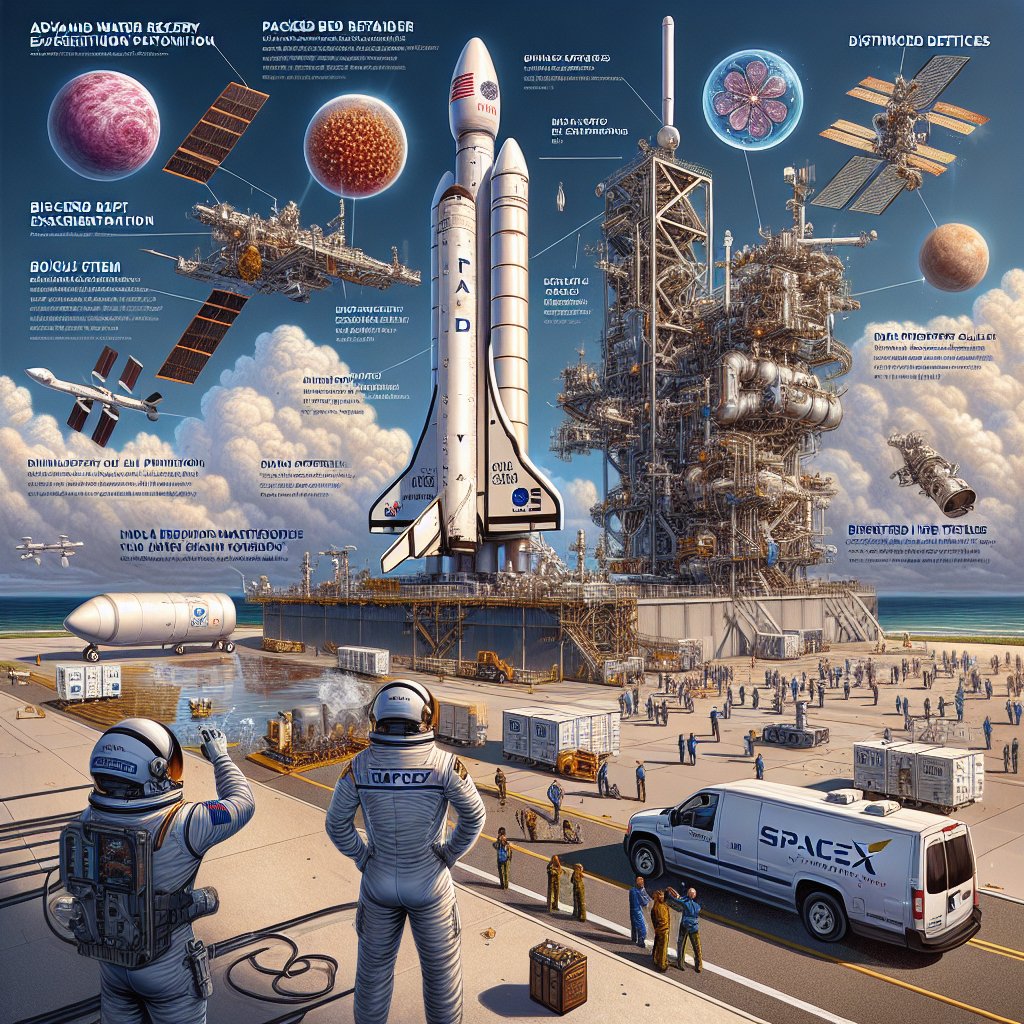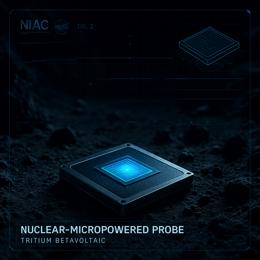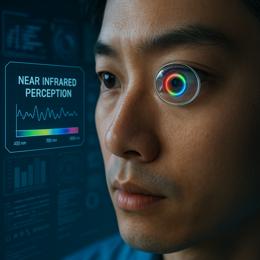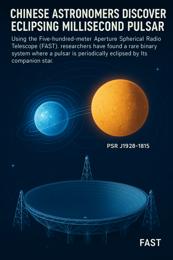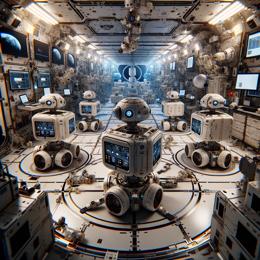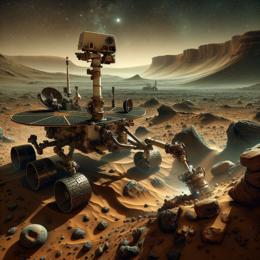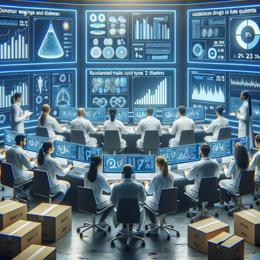Image created by AI
NASA Preps for Advanced ISS Experiments and Upgrades with Northrop Grumman’s 21st Resupply Mission
CAPE CANAVERAL, Florida – In an ambitious mission to sustain the ongoing research on the International Space Station (ISS), NASA, together with Northrop Grumman and SpaceX, is about to embark on its 21st commercial resupply services flight. Scheduled to lift off no earlier than 11:28 a.m. EDT on Saturday, August 3, a SpaceX Falcon 9 rocket will propel the Cygnus spacecraft into orbit, carrying more than 8,200 pounds of scientific investigations, supplies, and technological upgrades to the astronauts aboard the ISS. This pivotal shipment will support the scientific endeavors of Expeditions 71 and 72.
Awaiting the scientific treasure trove, NASA astronaut Matthew Dominick, with Jeanette Epps as backup, will capture the Cygnus upon its arrival slated for Monday, August 5, using the station's robotic arm. The spacecraft will dock with the Unity module's Earth-facing port, remaining a crucial part of the station for nearly six months, also providing the critical capability for reboosting the ISS's orbit.
Among the various technological marvels and experiments, Cygnus will deliver materials focusing on water recovery technology and the in-space production of blood and immune stem cells — groundbreaking research crucial for long-duration space exploration and potential advancements in human healthcare.
A pivotal study named the Packed Bed Reactor Experiment will delve into how two-phase flows behave in microgravity, a key component in water purification and other space applications such as thermal management and fuel cells. The research outcomes could revolutionize the water recovery systems not only for the ISS but also for future lunar and Martian outposts, having implications for Earthly water purification technologies.
Apart from technology demonstrations, NASA's Next Gen STEM Project, titled STEMonstrations, will provide educational content through experiments performed and recorded by astronauts aboard the ISS. These will help elucidate scientific concepts for students around the globe, leveraging the unique microgravity environment to bring science to life.
InSPA-StemCellEX-H1 is another significant experiment that utilizes the BioServe In-Space Cell Expansion Platform to potentially expand human hematopoietic stem cells (HSCs) that can be used in treating blood diseases and certain cancers. The findings from this investigation could lead to the development of better treatment techniques benefiting millions on Earth.
With a focus on understanding the impact of spaceflight on life at a microscopic scale, the European Space Agency's Rotifer-B2 study will examine DNA repair mechanisms in bdelloid rotifers, contributing to the broader understanding of DNA damage and repair, with far-reaching implications for medical science.
Also included in the shipment is the Maturation of Vascularized Liver Tissue Construct in Zero Gravity (MVP Cell-07), an investigation into the behavior of bioprinted liver tissues in microgravity. Such research is essential for the future of organ and tissue transplantation, potentially mitigating the shortage of donor organs on Earth.
Cygnus carries not only science but also infrastructure upgrades, such as the International Space Station Roll Out Solar Array Modification Kit which will lay the groundwork for enhanced power systems, and equipment like the Plant Habitat Environmental Control System to advance plant bioscience research in space.
By orchestrating such complex and multidimensional resupply missions, NASA and its commercial partners like Northrop Grumman and SpaceX continue to build the foundation of an era where space exploration generates tangible benefits for both life in orbit and on Earth.
